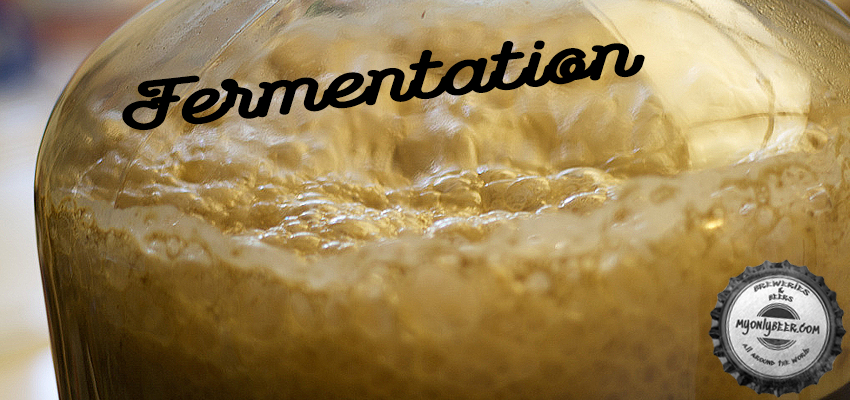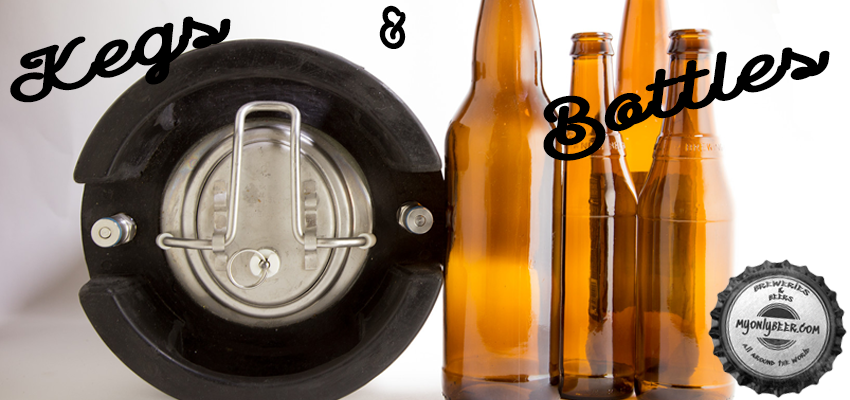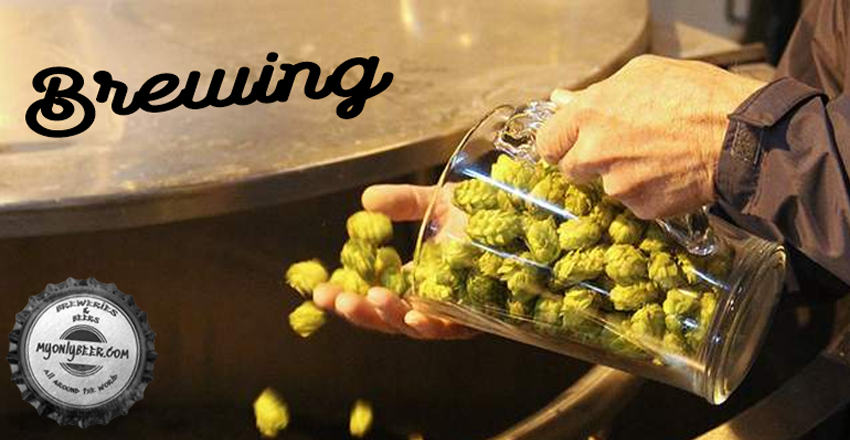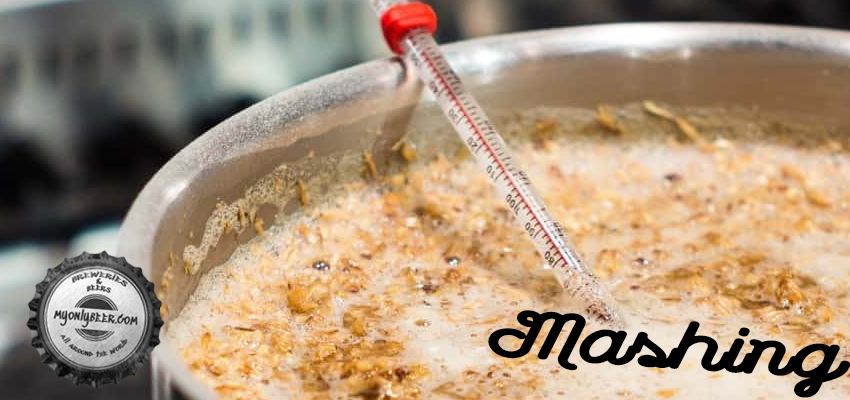Fermentation: Let the magic begin
Education and Training Workshops

Fermentation can be defined as the magical passage, here the main reaction of beer production takes place! It is magical, but like many chemical processes it is controllable and reproducible! 😉
Let's start by saying that the fermentations that take place in a brewing production process can be at least two. This is the first.
In this phase, oxygen is added together with the yeast inside the fermentation tank, this will split the yeast into multiple cells (respiration). When the oxygen is exhausted it will begin to feed on glucose and maltose resulting in the production of ethanol and Co2, respectively alcohol and carbon dioxide.
This reaction must be carried out at a controlled temperature, the reaction progressively raises the temperature of the compound, which will end with the death of the yeast which, exhausted, will settle on the bottom making it necessary to filter the "must", or rather "bitter wort". .. better, now it can already be called beer! ^ _ ^
NB: Any filtering also determines the removal of specific aspects of some styles of beer, at an industrial level the compound is pasteurized by removing those characteristics of flavor to which we are now accustomed, allowing to kill yeasts (and other bacteria) and lengthening its conservation.
Once the beer is obtained (at the desired density), it is cooled to stabilize its aromas and flavors. The Ales will take less time than the lagers as the latter take advantage of lower temperatures.
Note
Specific Gravity and Alcohol by Volume
A marginal but important concept, if you want to fully understand the reactions that have taken place, is the concept of density of a liquid, in our case the must.
The degree of density can be measured in specific gravity or degrees of plato (or even brix, balling).
Specific gravity is the measurement of the density of a liquid in relation to the density of pure water.
Let's start with a basic line: beer is produced from the wort which is composed of water, a lot of water.
Water has an initial nominal density of 1,000 (1 point 000 called specific weight).
Water has a specific gravity of: 1,000
Alcohol has a specific weight of: 0, 789
This density varies with the addition of the other ingredients which during the various reactions release fermentable sugars which will increase the density of the water.
This defines its density, that is, the concentration of sugar in the must.
We have two key moments for density readings:
- Original Gravity (OG) or Starting Gravity (SG): Describes the amount of sugar in the wort after boiling but before fermentation.
* When we start boiling the wort, the water evaporates and the relationship with the sugar grows.
- Final Gravity (FG): Describes the amount of sugar in the beer after fermentation.
* The yeast feeds on the sugars and releases alcohol and CO2 and the ratio with the sugar decreases.
The difference of the two SG and FG measurements will result in the sugar being converted into alcohol by the yeast.
Given these measurements, the alcoholic degree, the ABV, will also be shown:
Alcohol By Volume (ABV) = 131.25 (OG-FG)



















